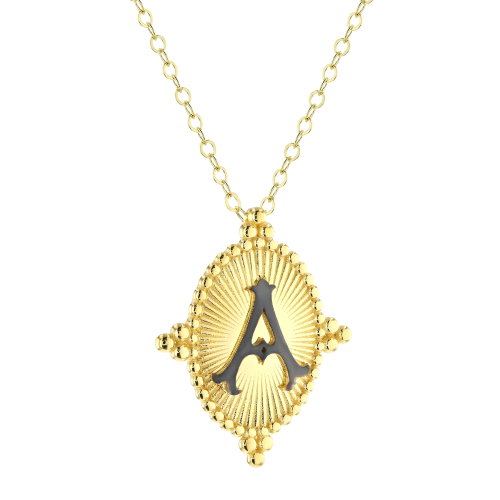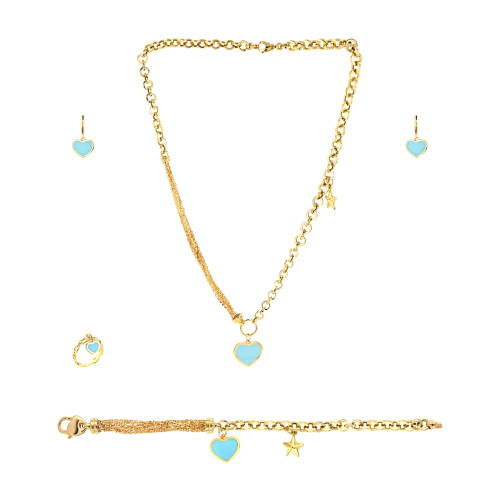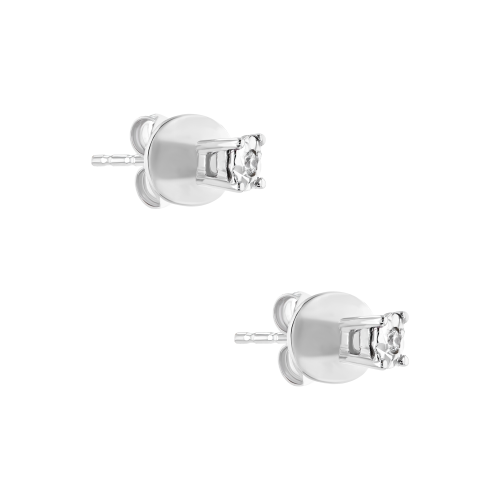What is meant by the Gold Standard? Everything You Need to Know

For centuries, gold has gained vital importance, and everyone considers it an asset and a valuable investment. However, many do not know what identifies its standard.
Gold is the basis of the gold standard, a monetary system in which a nation's paper money is directly related to its gold reserve. A gold standard allowed countries to convert their paper money into a fixed amount of gold.
Gold standards, how they work, and their advantages will be explained in this article. Let's get straight into the details.
Gold Standard - Definition
There's a simple explanation for the gold standard: a country's currency has a fixed value, and you can exchange it for gold. It can also be seen as a system where bank receipts for gold, or gold itself, are widely used as a primary form of currency.
Additionally, it's a basis for international trade, where countries set their exchange rates based on the value of gold in their currencies compared to others.
Following this system, people would commonly use gold coins and paper money that was either backed by gold or could be exchanged for it as their currency. This approach was widely embraced throughout human history and often coexisted with a system that included silver.
However, things changed in the 1930s when most world economies moved away from the gold standard. Nowadays, we primarily operate with a different system called "free-floating fiat currency," where the value of money is not tied to physical commodities like gold but is determined by government regulation.
Gold Standard History
For the first time in 650 BC, gold was shaped in the form of coins that enhanced its ability to be used as a monetary unit. Before this, gold has to be checked and weighed before making any trade to analyze its purity.
Nevertheless, gold coins weren't the perfect solution since they were usually used to accumulate enough gold weight that could be melted down into bullion for years. Finally, in 1696, England introduced an automated way to produce coins that helped traders make deals easily.
Later, in 1789, the US Constitution gave Congress an official right to manufacture the coin money and the power to regulate its value. It enabled them to make a united national currency and standardize the monetary system. This method continued until foreign coins were introduced that were mostly made up of silver.
Gold Standard: How Did It Work?
A country that uses a gold standard monetary system sets a fixed rate for gold and buys and sells at that rate. That fixed rate is used to determine the country's currency value.
For instance, if the US sets the price of gold at $500 for an ounce, the dollar's value would be 1/500th of an ounce of gold. With time, this gold standard has developed a nebulous definition.
But still, it is used to determine the value of any commodity-based regime that is not backed up by the fiat currency system or currency that is valuable because the government forces the people to use it.
In addition, specific versions of the gold standard depend solely on the physical presence of gold in various forms, like coins, bars, or bullion, actively moving within the market. On the other hand, some variations permit the use of paper money or even different commodities.
In more recent history, these systems often granted individuals the right to exchange their national currency for gold, which acted as a check on the government's or banks' power to limit inflation or deflation.
Pros and Cons of Gold Standard
Using the gold standards system has many advantages, including price stability. This long-term advantage makes it difficult for governments to increase prices by expanding the money supply.
Inflation is rare, and hyperinflation doesn't happen because the money supply can only grow if there is a supply of gold reserves. Therefore, the gold standard provides fixed international rates among participating countries and minimizes uncertainty in international trade.
Nonetheless, it can lead to disparities among participating countries regarding their gold reserves. Nations rich in gold resources gain an upper hand over those lacking such reserves, effectively augmenting their stockpiles.
Certain economists also argue that the gold standard can potentially mitigate economic recessions. This is due to its limitations on a government's capacity to increase the money supply—a tool frequently employed by central banks to stimulate economic recovery.
Final Thoughts
The Gold standard is a fixed system in which a country's currency value is fixed with the value of gold. This is contrary to the fiat system, where money issued by the country is not tied to the value of any commodity.
Nonetheless, gold is still an asset that is worth investing in. Therefore, always prefer to buy from a reliable and trusted seller like Al Romaizan Gold & Jewellery. They have been recognized globally and are a Diamond Sponsor of the WJME fair.

Our Promise
Fast shipping
Receive your jewelry in maximum 3 days.
Return guaranteed
Requesting a return is quick and easy.
Ethical Sourcing
Ethically Sourced Materials
Payments
Buy in the most convenient way for you.







